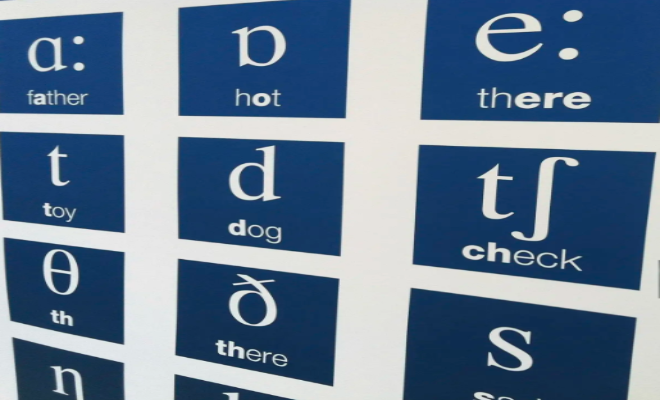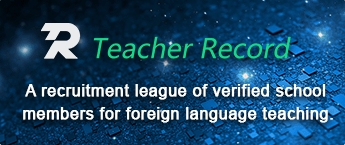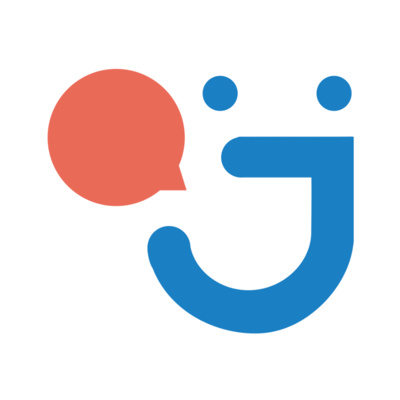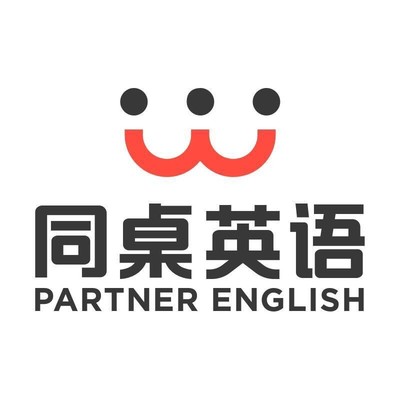Platforms for Education: The Role of Machine Translation
Over the last two decades, machine translation has undergone tremendous change. Tools like Google Translate and DeepL have become indispensable resources for language learners, tourists, and multilingual individuals worldwide. Increasingly, translation devices for schools have also gained prominence, supporting both teachers and students in multilingual classrooms. This article investigates their development over time as well as their accuracy, ethical considerations, and possible implications on language teaching, learning, and instructional environments.

How Have Machine Translation Tools Such as Google Translate and DeepL Evolved Over Time?
Google Translate was initially released as a modest statistical machine translation tool that compared millions of documents for an accurate translation. But in 2016, it transitioned to neural machine translation which uses artificial neural networks to predict likely sequences of words for more accurate translation.
DeepL, on the other hand, made its debut in 2017. Utilizing neural machine translation technology and providing superior translations—especially for longer strings of written words—DeepL has quickly earned itself an excellent reputation for producing accurate translations. Its growing popularity has contributed to the wider integration of translation devices for schools, offering a reliable and user-friendly option for classroom use.
How Accurate Are Machine Translation Tools?
Machine translation accuracy varies. While they often excel at translating referential language (informational, literal words), representational (figurative, imaginative words) translation may prove challenging for these tools—specifically dealing with idioms, cultural references, or subtleties that require specific attention to be translated accurately.
DeepL is well-renowned for its superior grammatical accuracy, producing highly readable translations that meet academic or professional requirements. However, even with such an advanced tool, it is crucial to review translations carefully for accuracy—particularly when used in translation devices for schools, where students may rely on them for comprehension and learning.
Is it Okay for Students to Use Machine Translation Tools?
Machine translation in academic settings is often considered controversial. Some educators view its use as cheating, while others argue it can be an invaluable resource if used responsibly and correctly.
Institutional policies on this matter differ greatly, with some universities explicitly classifying the use of machine translations as plagiarism, while others don't directly address it. Therefore, students must familiarize themselves with their institution's stance before using translation devices for schools or similar tools in their coursework.
How Can Machine Translation Tools Be Effectively Employed in the Classroom?
Though controversial, many educators see value in including machine translation in their teaching methods. They provide guidance for their students on how to effectively use these tools, helping them understand language equivalents and differences. For instance, students can compare their own translations with those produced by the machine in order to identify common errors and strengthen their language abilities.
Translation devices for schools can be especially effective when used to support vocabulary building, reading comprehension, and multilingual communication. However, they should be employed as part of a broader language-learning strategy—not as a replacement for critical thinking or language immersion.
Could Machine Translation Substitute Language Teachers?
Machine translations may be beneficial, but they are unlikely to replace human teachers. Language instructors bring nuanced understanding, cultural insight, and interactive teaching methods that no machine can replicate.
Still, translation devices for schools could shift how some language support is delivered—especially in early learning or multilingual support settings. As machine translation becomes more accurate, some learners may prefer tools over short-term courses for basic needs; however, comprehensive language acquisition still requires human engagement.
What Lies Ahead?
The future of machine translation looks bright. We can expect further advances in the accuracy and sophistication of tools like Google Translate and DeepL. As these tools evolve, language instructors must clarify their stance on machine translation use and guide students toward responsible, ethical usage—especially as translation devices for schools become more common.
Additionally, machine translation could transform language instruction and learning. Rather than simply memorizing vocabulary and grammar, language acquisition may increasingly focus on understanding cultural contexts, interpreting non-literal meanings, and improving conversational skills.
Machine translation tools have come a long way since their inception. They provide invaluable assistance to language learners and educators while simultaneously raising important ethical questions. As we navigate this evolving landscape, using translation devices for schools and similar technologies responsibly means recognizing their strengths, their limitations, and their potential to shape the future of language learning.
-
Enhance Teacher Pronouncing with IPA Guide
Discover how the International Phonetic Alphabet (IPA) enhances teacher pronouncing skills and helps... -
Teacher Tools for Digital English Education
The best free digital tools that enhance online English teaching, from video conferencing to file sh... -
Platforms for Education: The Role of Machine Translation
An analysis of machine translation tools' growth, accuracy, ethics, and effect on language education...








